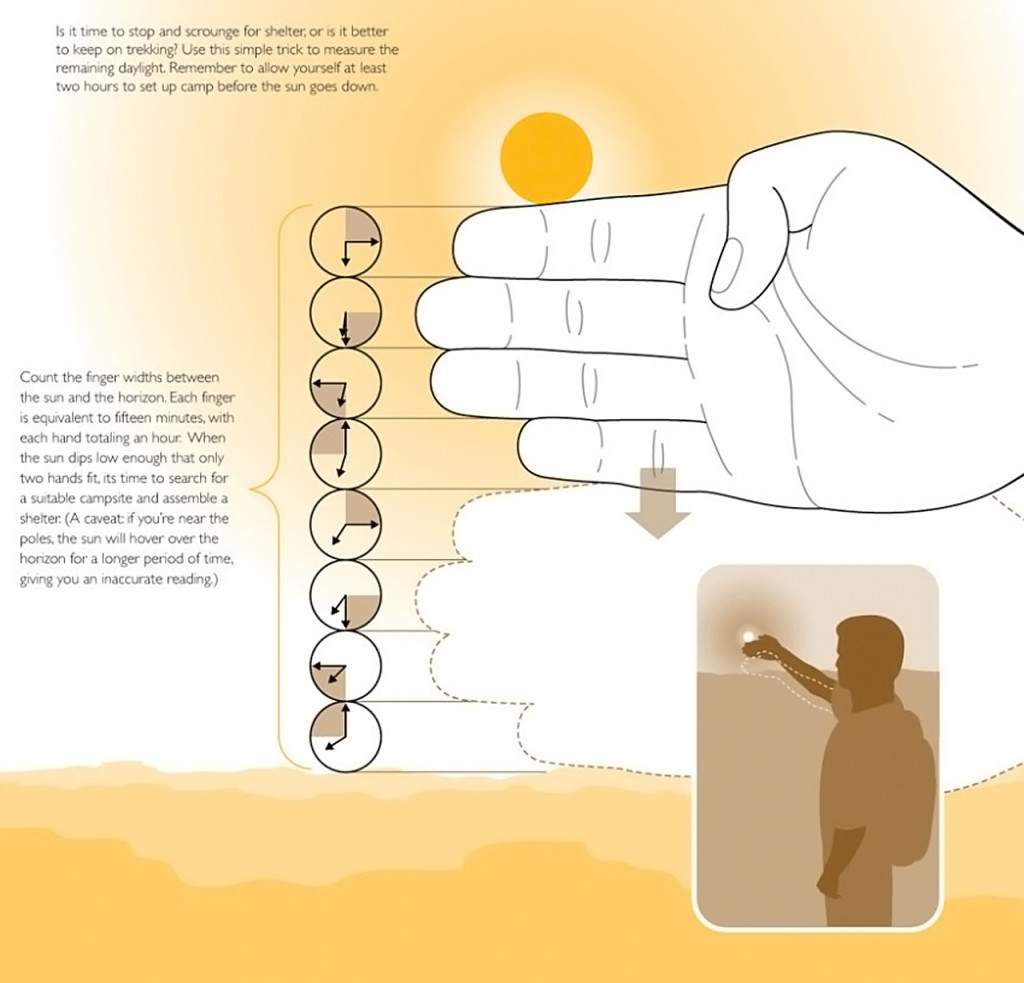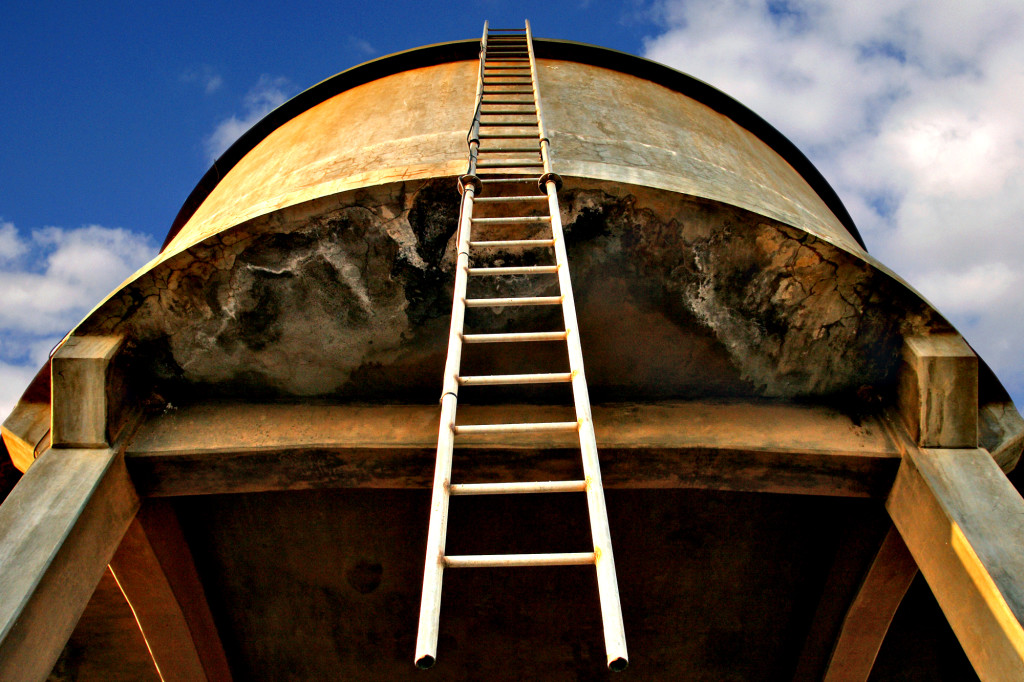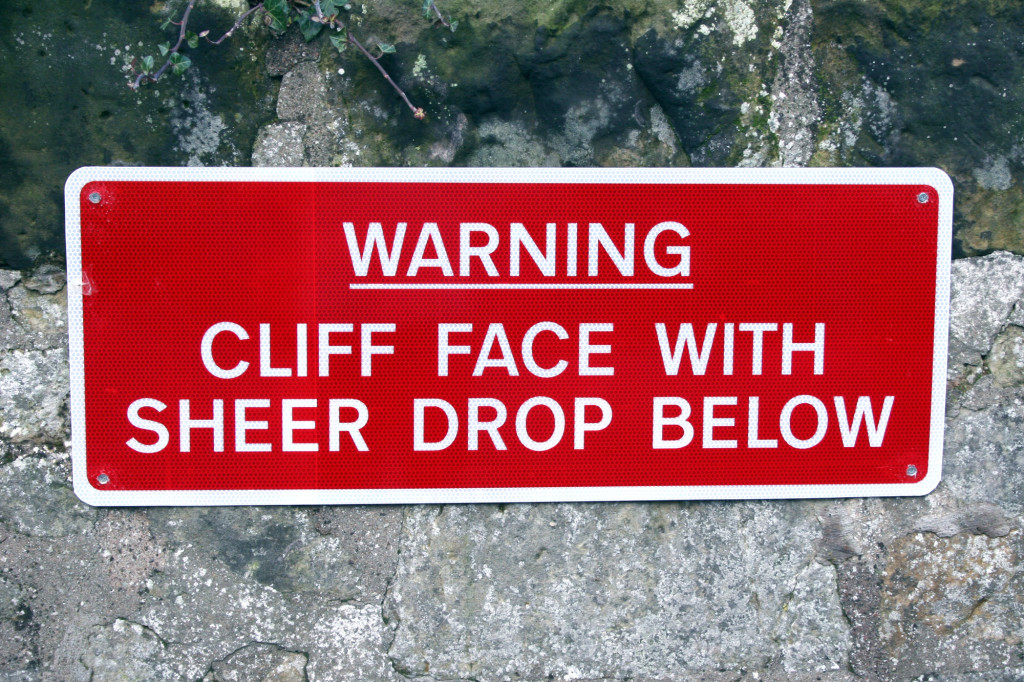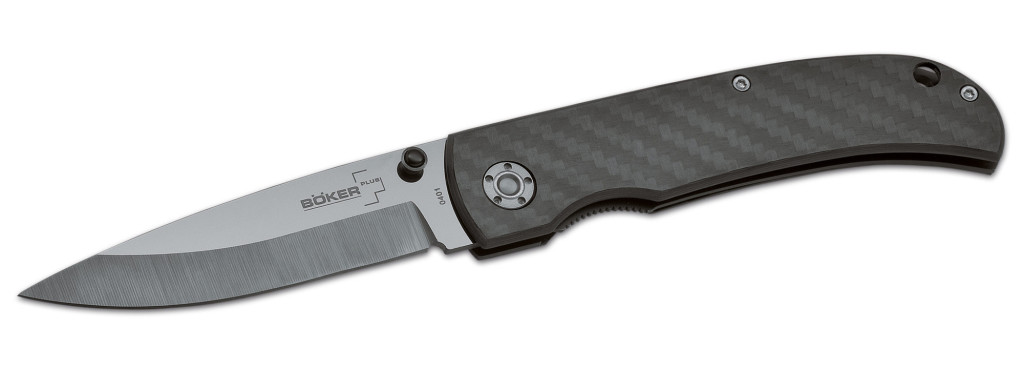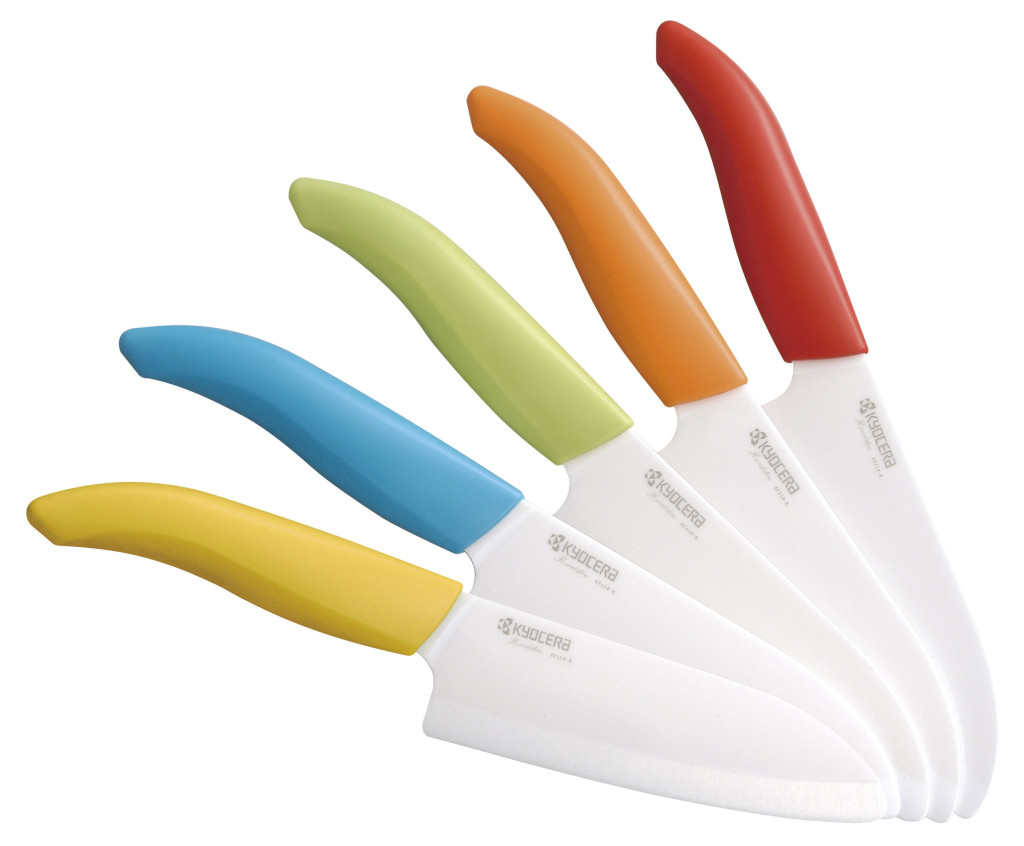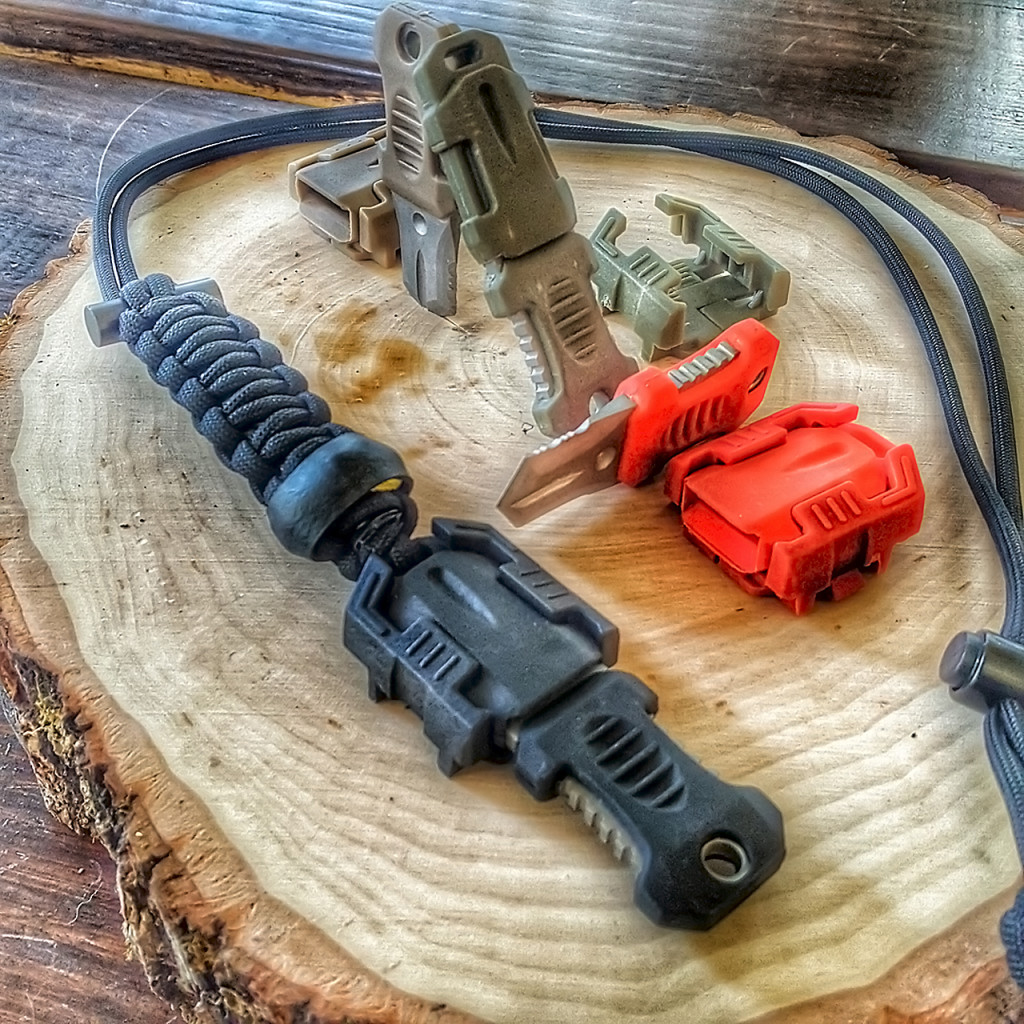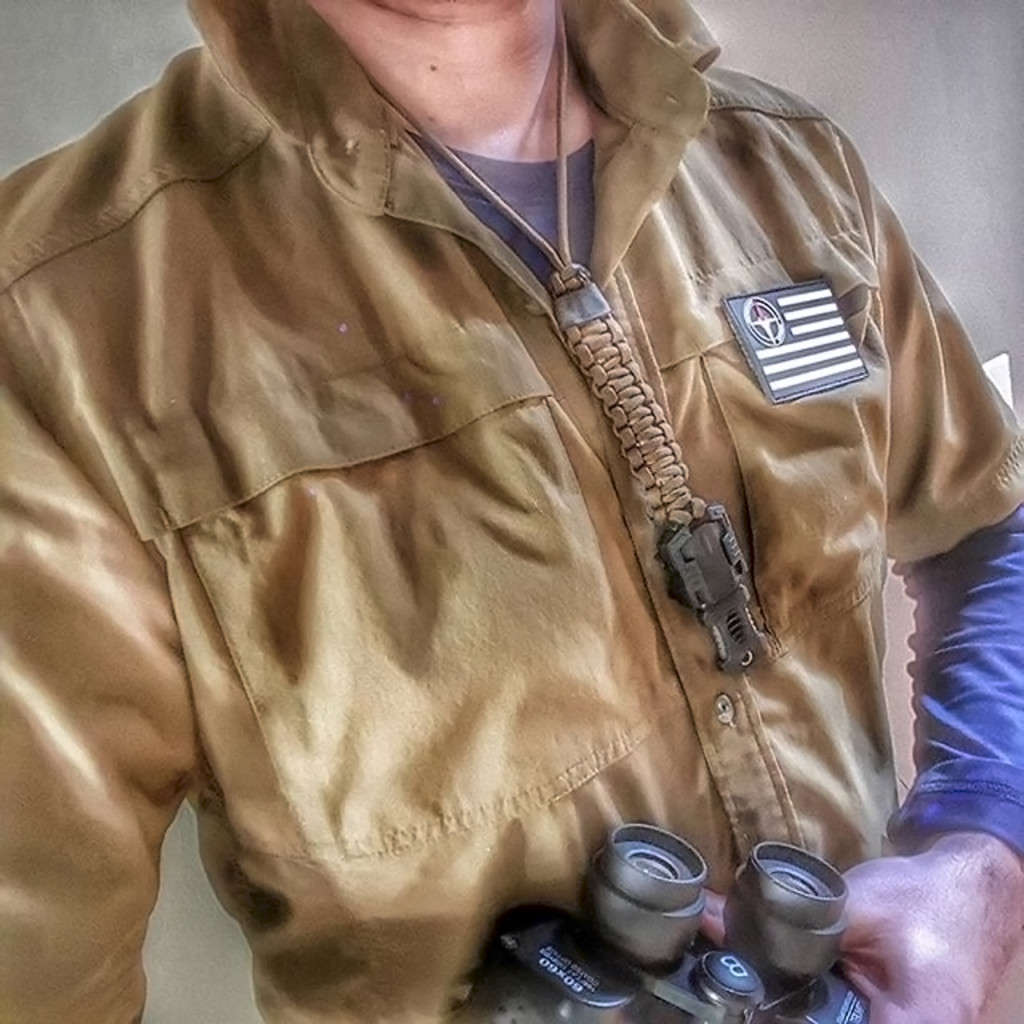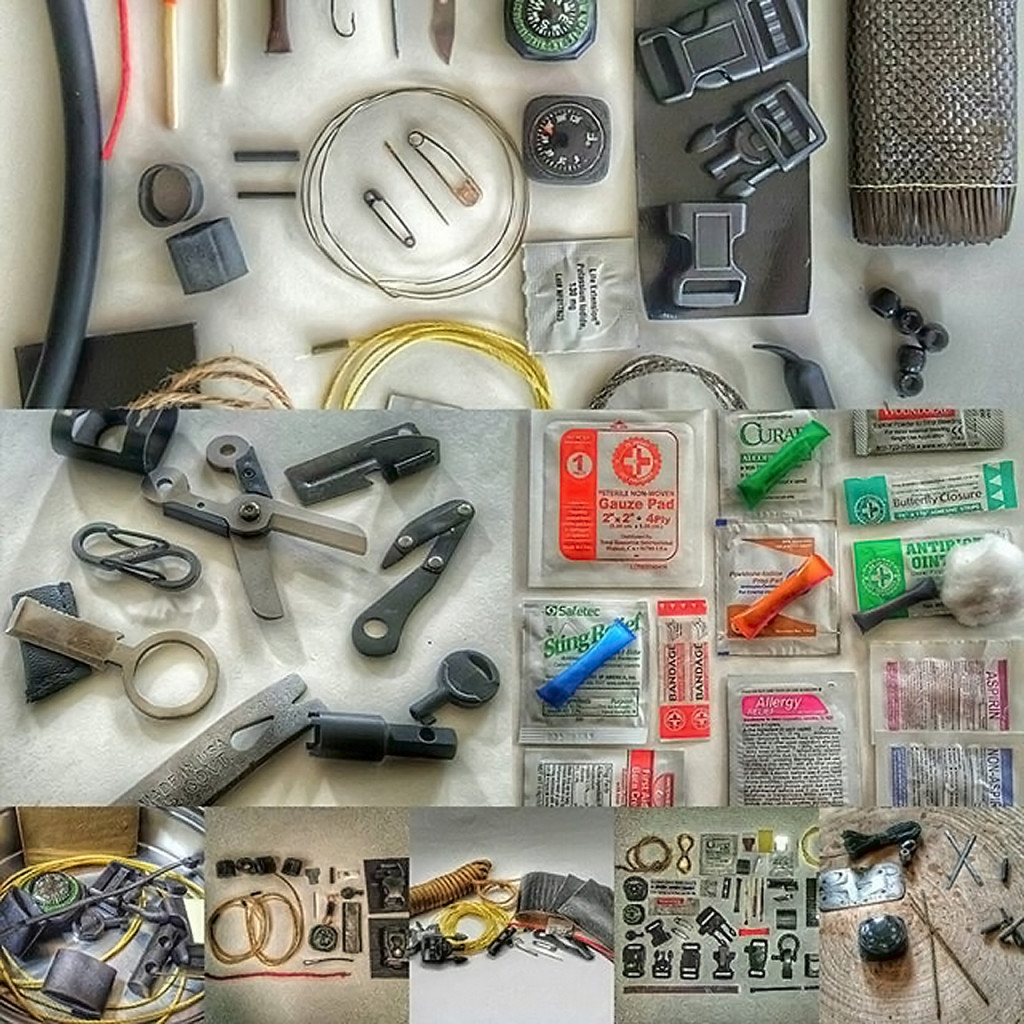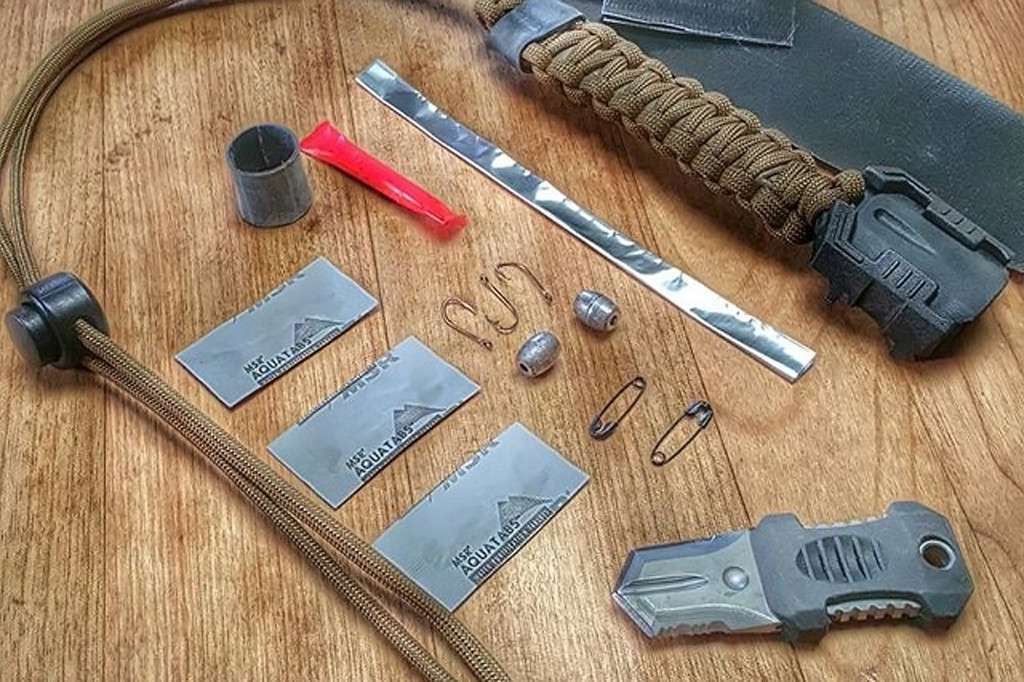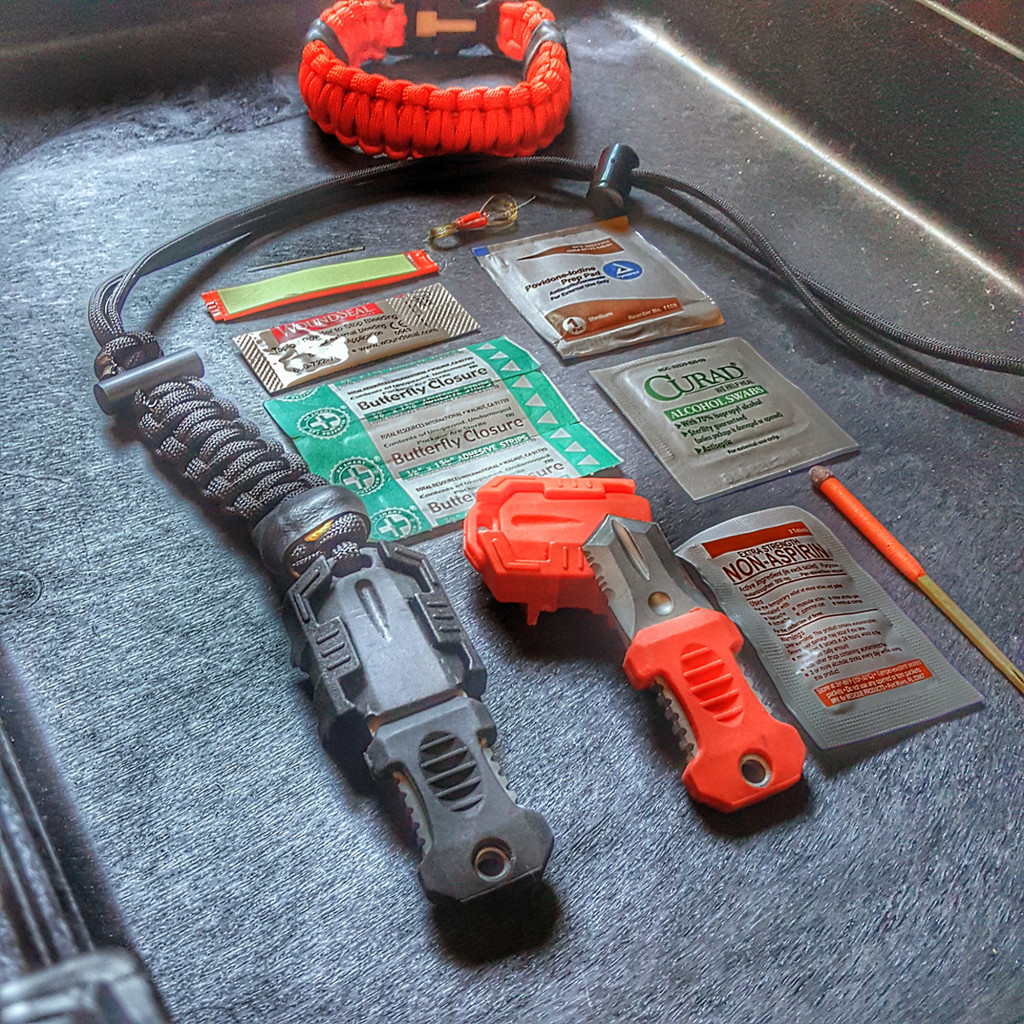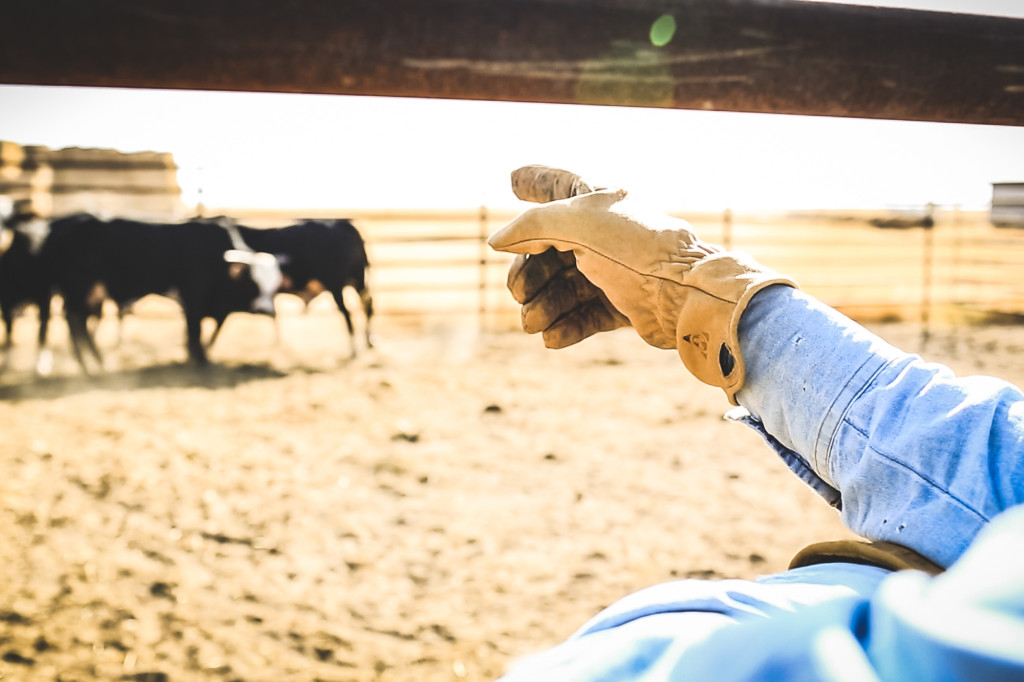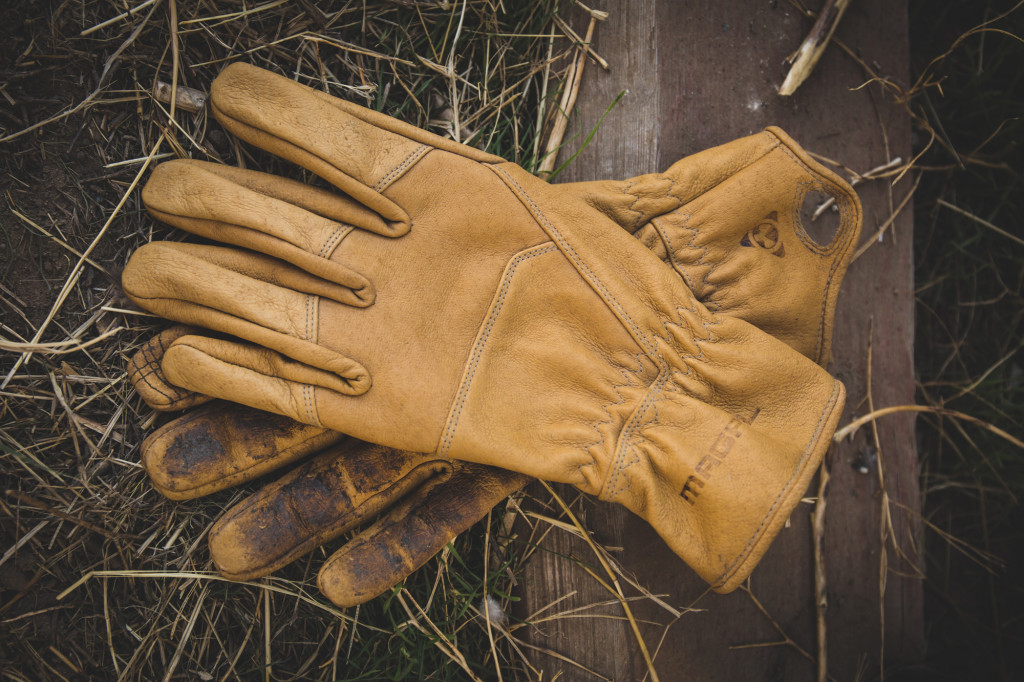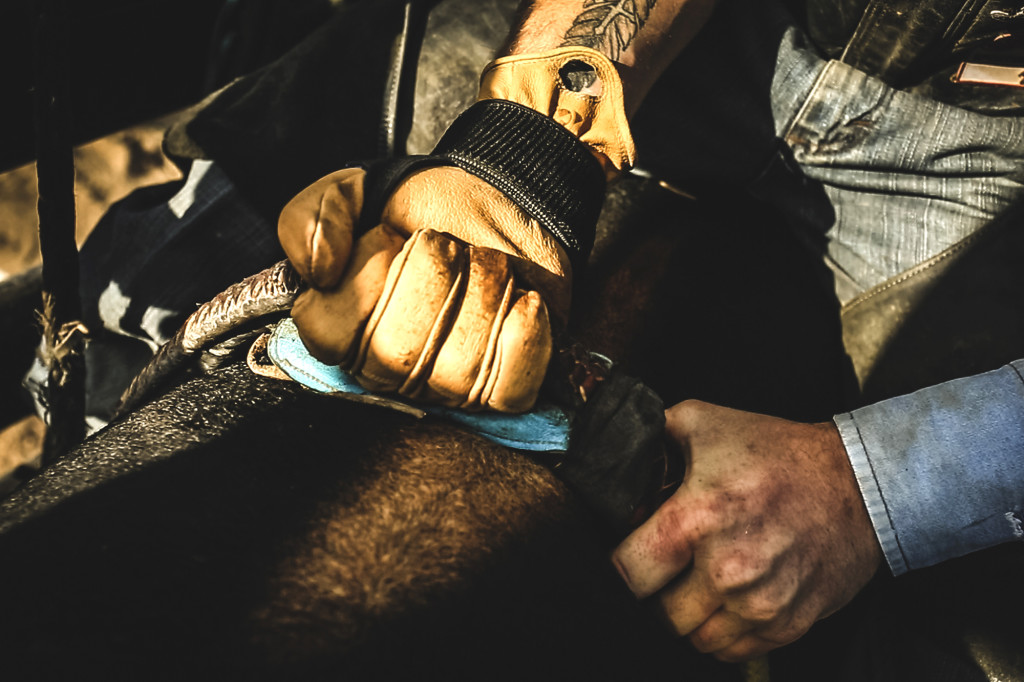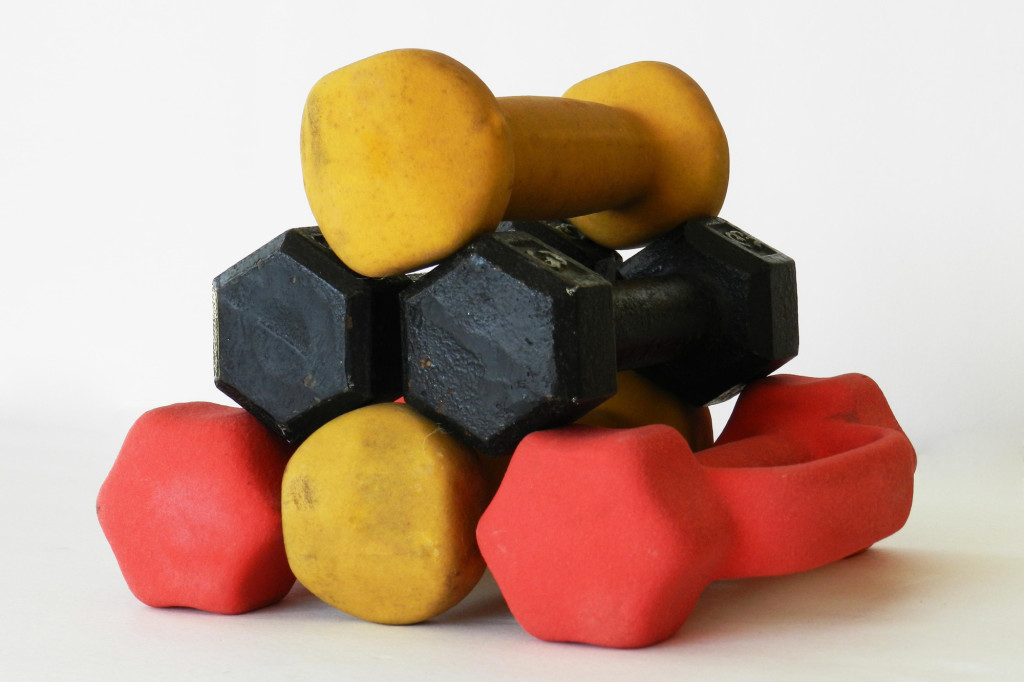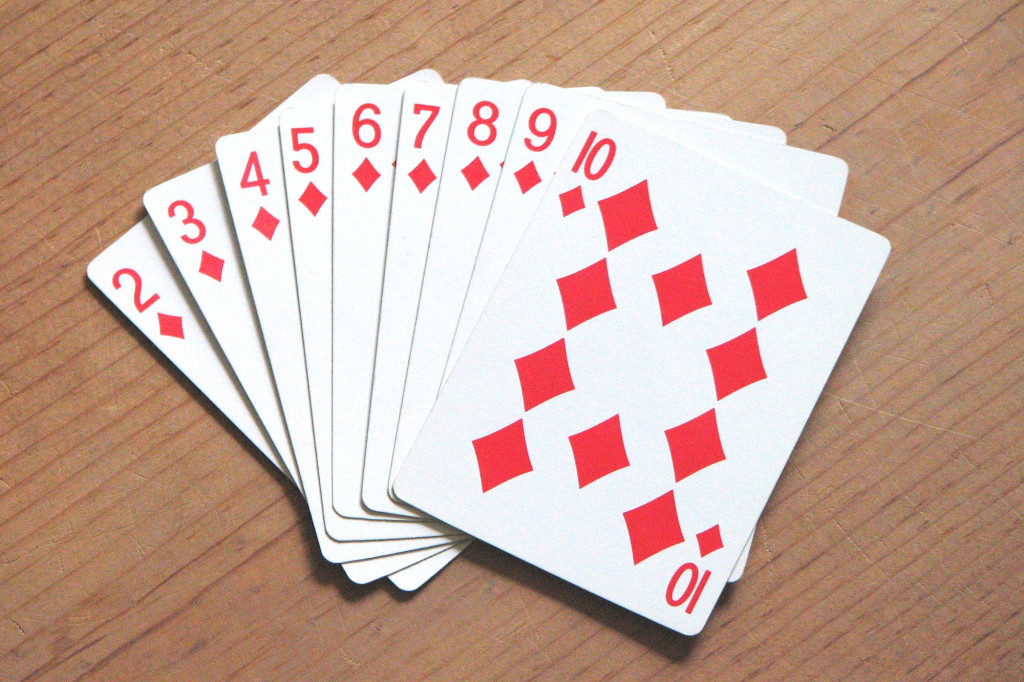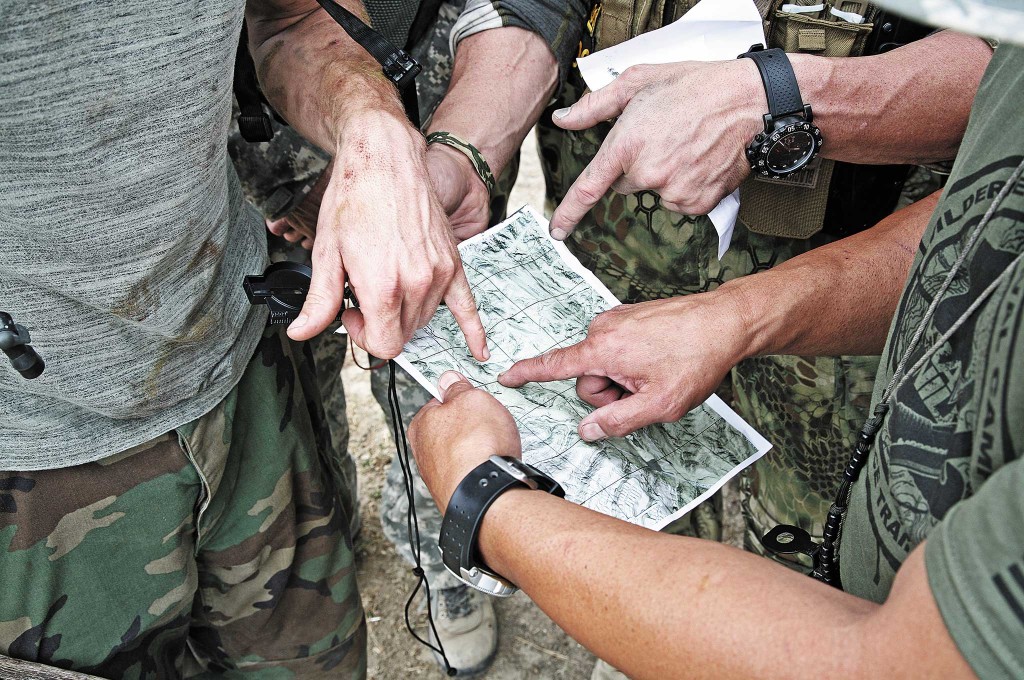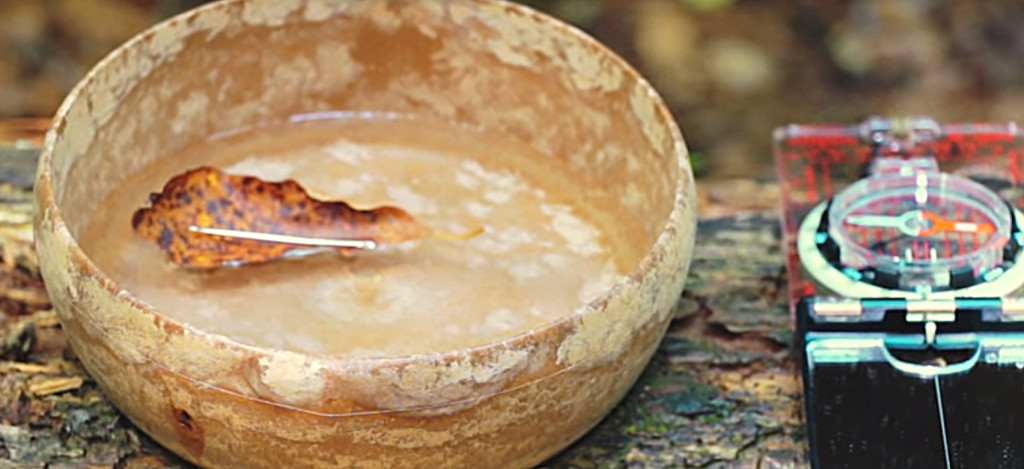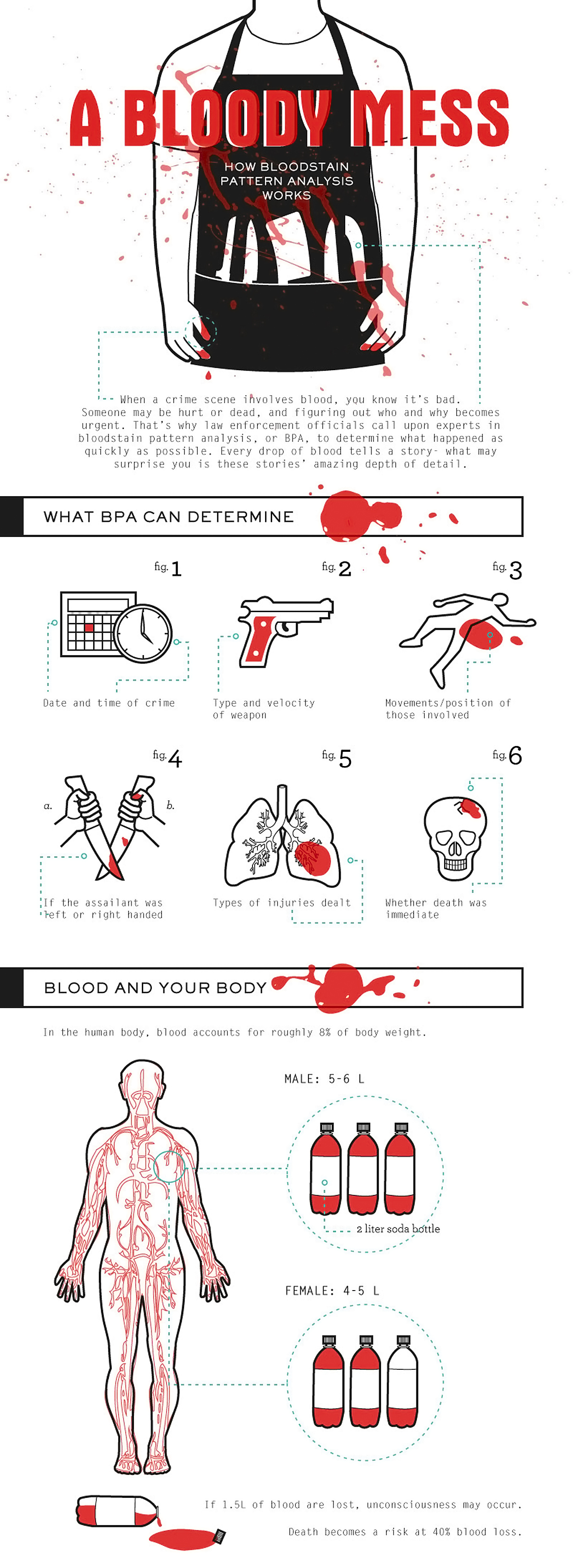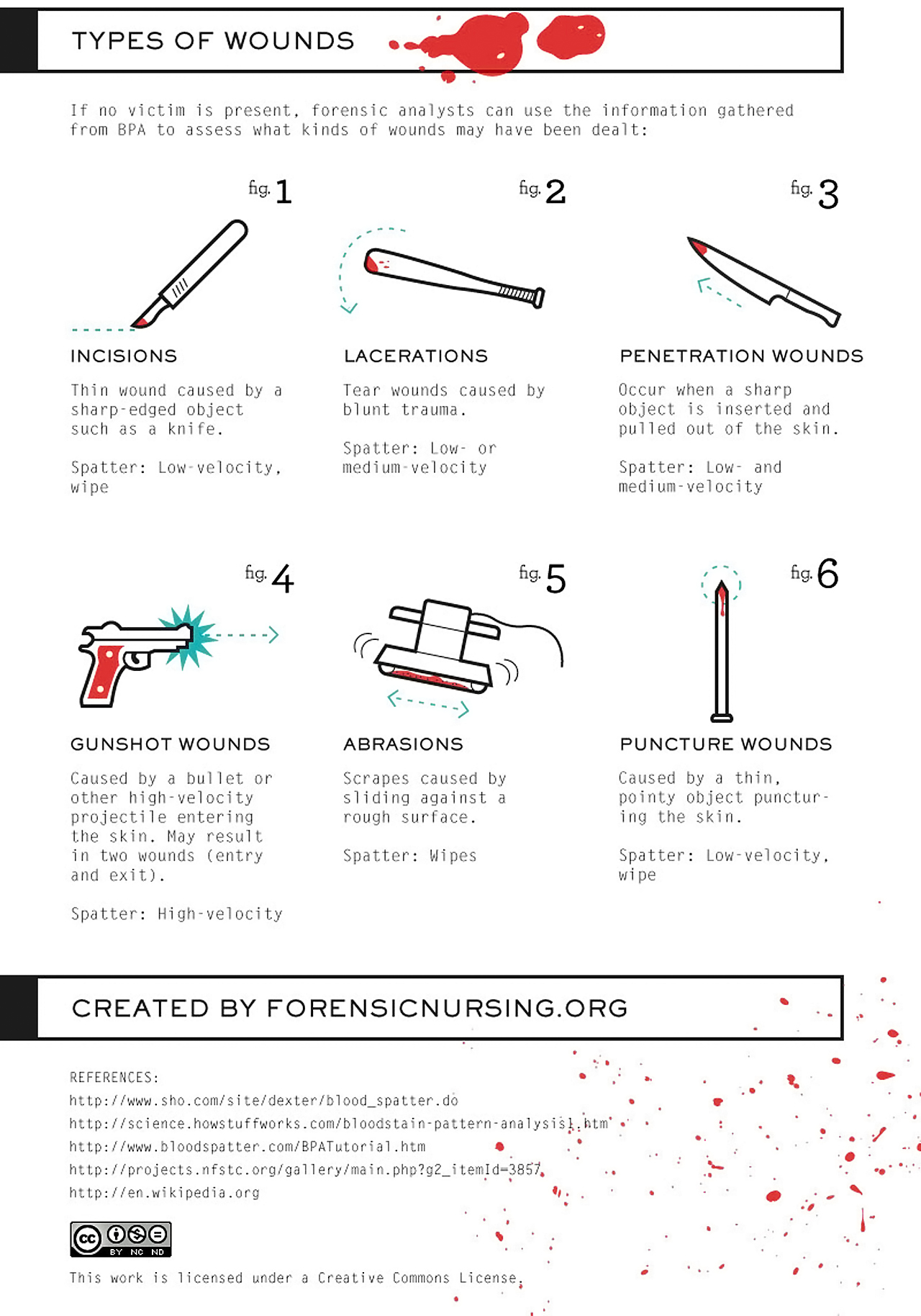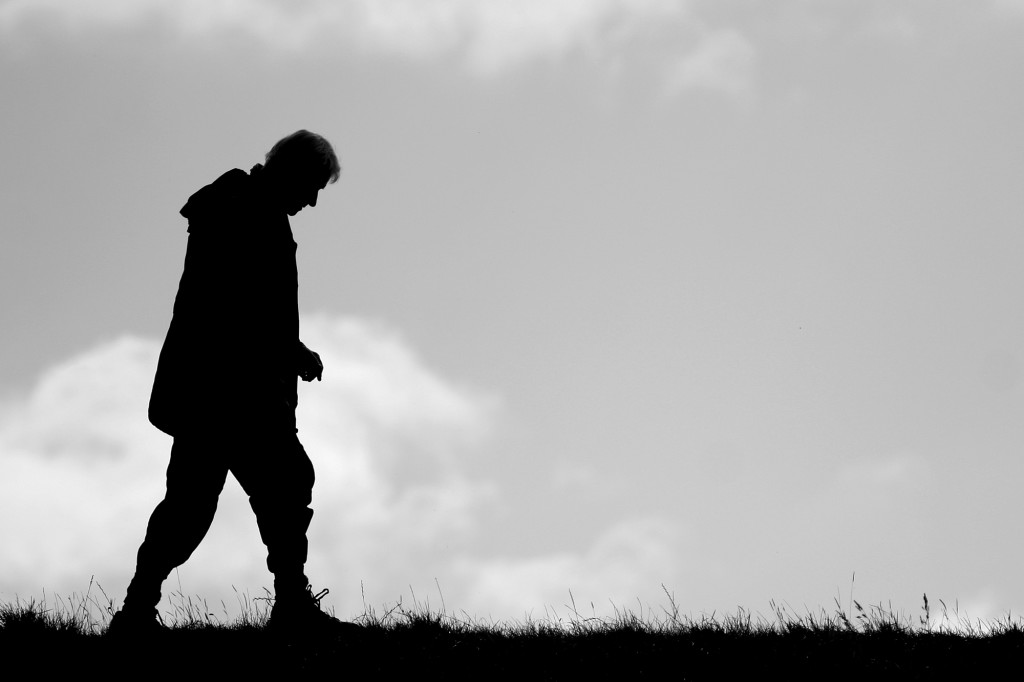Welcome to another entry of Survival Scenarios, where we ask you how you'd handle a difficult choice in a hypothetical survival situation. Previously, we asked whether you'd rather be adrift at sea or stranded in the barren desert, and also whether you'd rather survive without a knife or without a fire-starter. These are all tough questions, but today's may be the hardest yet.
How would you rather survive for 7 days: without your boots (meaning, barefoot) or without your bug-out bag?

The streets of New York would be a tough place to go barefoot.
Before you answer, we’ll provide some more information on the circumstances. As with previous Survival Scenarios, in either case, you’ll need to survive for 7 days, and you’ll be alone. You'll be located in an urban setting, on the streets of New York City in the month of May.
Weather is expected to be clear, and temperatures will range from about 65°F/18°C during the day to about 50°F/10°C at night.

However, it's not exactly peaceful in this scenario—major civil unrest has recently thrown the Big Apple into turmoil, and large-scale rioting has been taking place for over a week already. Over the last 7 days, you have been hunkered down in your tiny apartment in Brooklyn, listening to the chaos in the streets below, and hoping it would all blow over.

However, you awake in the early morning hours to the deafening tone of a smoke alarm. Choking clouds of pitch-black ash fill your lungs. A fire broke out on a lower floor (possibly from a molotov cocktail or vehicle fire on the street) and it quickly spread through the aging apartment building. Emergency services have been stretched to the breaking point over the last week, so rescue is unlikely.
You begin to get dizzy from smoke inhalation, and know every second counts if you're going to evacuate and survive. As you stumble deliriously towards the door, your body aches for a breath of clean air. You can barely see as you crash through the door, and rush downstairs to the dark street.

In your hasty escape from the burning apartment, you make it out with only the following items:
If you choose the bug-out bag, it contains all the items and tools you might expect, such as a folding knife, hatchet, flashlight, paracord, small first-aid kit, water purifier, food ration bars, Mylar emergency blanket, and even a change of clothes.
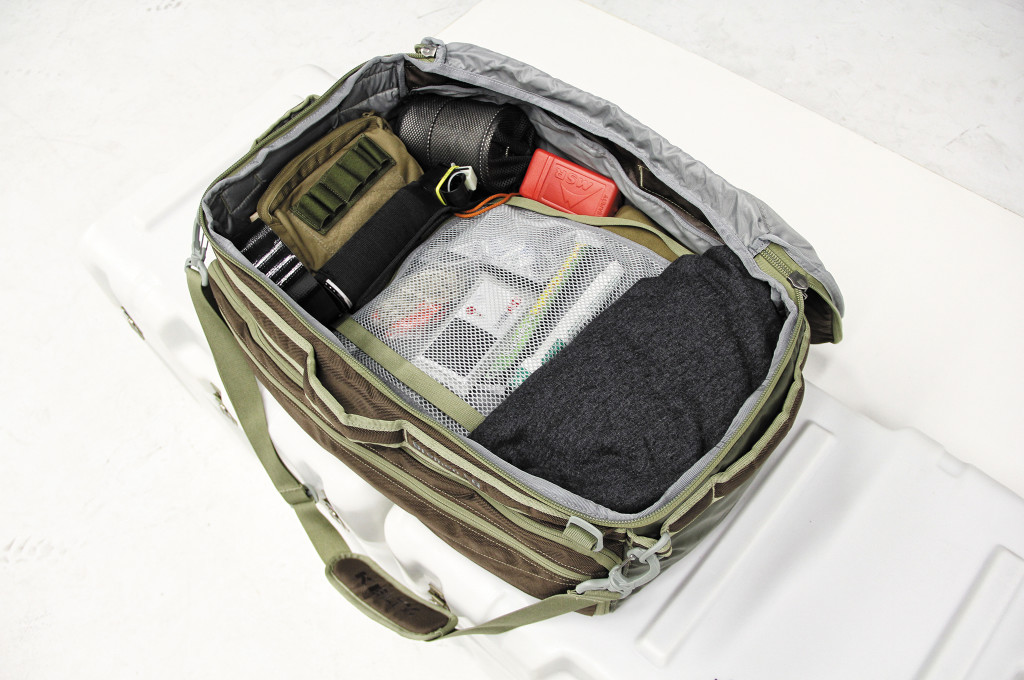
Many useful items, but no footwear to be found.
However, here's the catch: the bug-out bag does not contain any footwear, not even socks. So, you'll be forced to hit the streets of New York City completely barefoot.
If you're feeling clever, you may try to craft some makeshift sandals from the supplies in your BOB, but that's easier said than done. Also, you may be facing attacks from violent crowds—if you need to run for your life at any point, good luck doing so in cobbled-together flip-flops.
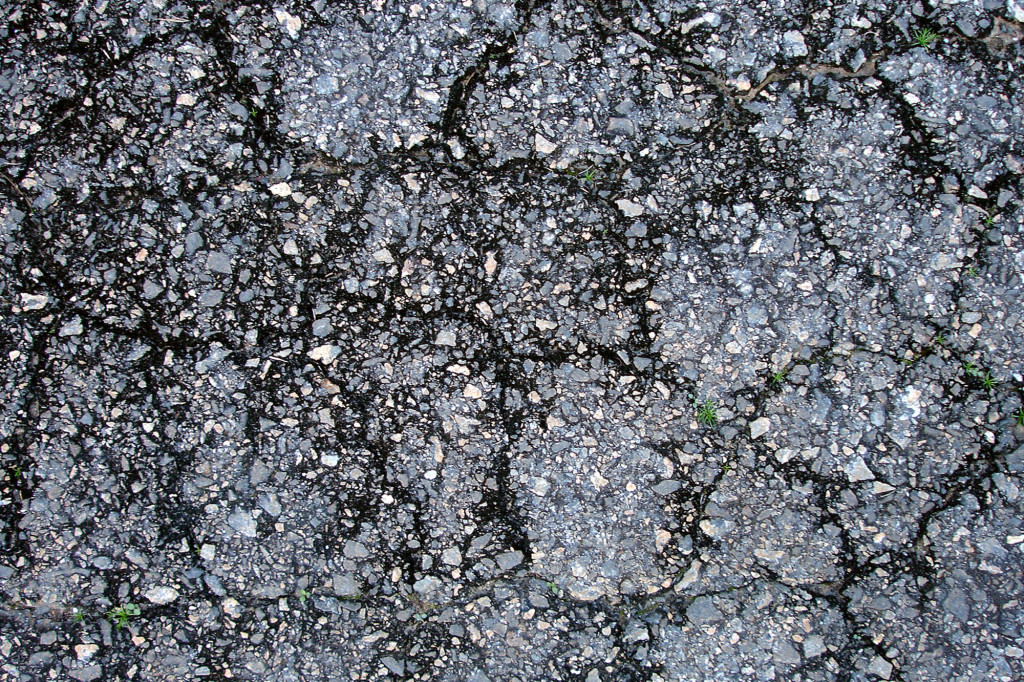
Unless you're used to hiking barefoot, miles of rough asphalt will quickly wear out your feet.
You might think that you can just raid a nearby shoe store, but keep in mind the week-long rioting and looting has already stripped most shops bare—it'll be hard finding any shoes at all, much less in a size that fits. As you forage, you'll also be navigating a veritable minefield of broken glass, trash, stagnant water, and even blood on the sidewalks and streets.
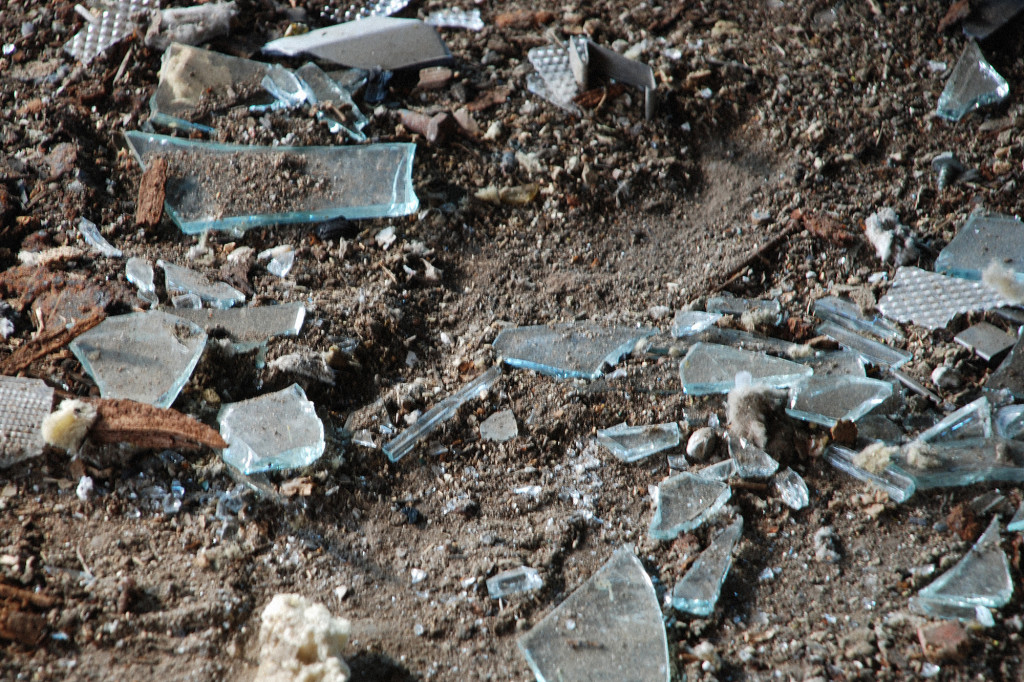
One tiny laceration to your foot could easily make you a sitting duck.
A cut on the sole of your foot could lead to an infection, and end up crippling you. You can disinfect it with the BOB's first aid kit, but that won't make it any less painful to walk on, and it won't help if you keep getting dirt in it with every step.
On the other hand, if you choose the boots, you'll have no worries about injuring your feet or ending up with an infected cut. However, you won't have any other supplies or weapons, so you'll have to sneak out and look for them. That's a dangerous proposition with crowds of looters filling the streets.
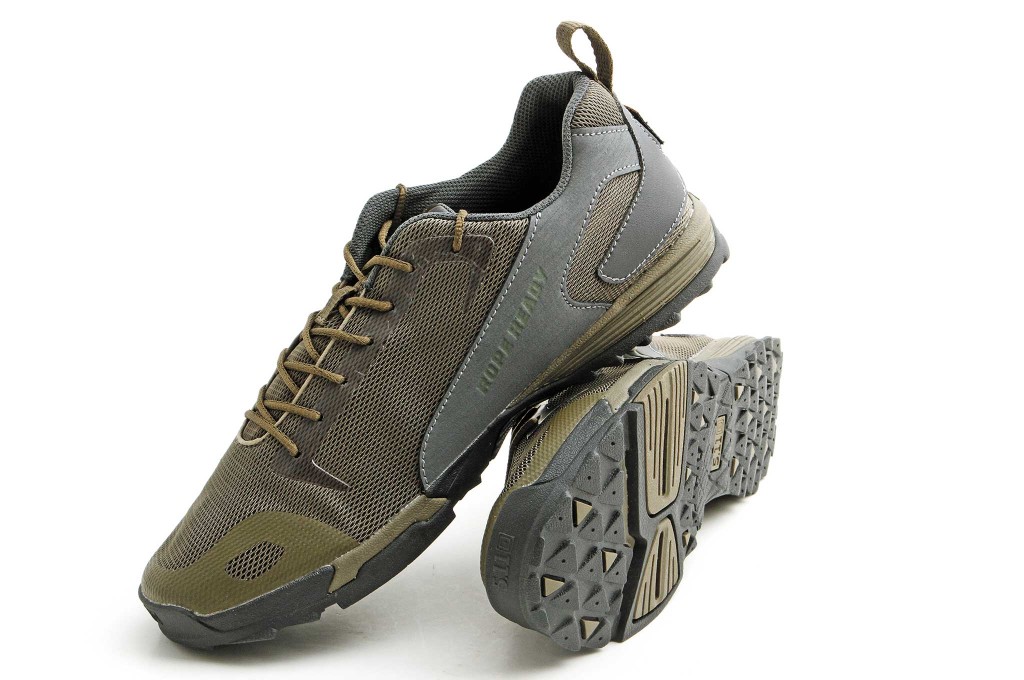
Without shoes, there's nothing between your skin and the hard asphalt.
Finding food and clean water will be a problem in this case, and you'll need to find some warmer clothing and a weapon to defend yourself. You may think these items are everywhere in NYC, but remember that the violent looting has left most valuable items already stolen or destroyed.
If you walk into a department store or pharmacy for supplies, expect to meet looters. At best, they'll ignore you or realize you have nothing worth stealing. At worst, they'll already be armed and see your presence as a threat. But, with no supplies or gear, it's a chance you'll have to take.
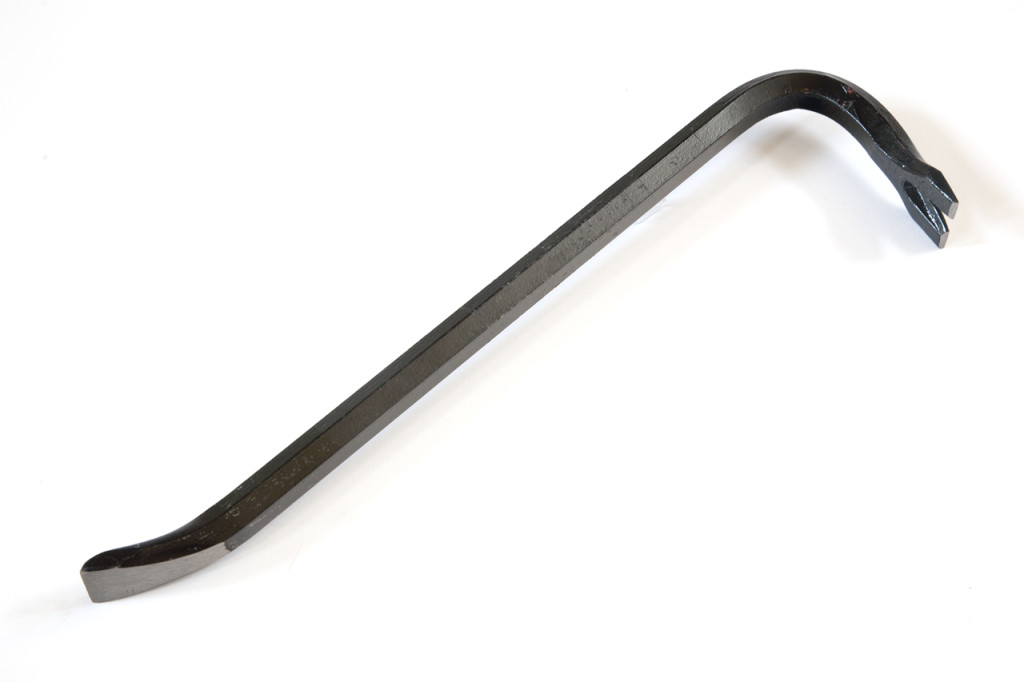
Since you don't even have a pocket knife, you'll need to find something else to defend yourself with.
Without a bug-out bag to rely on, you'll have to kick your scavenging into overdrive. Venturing outside will be necessary to collect food, water, and other supplies, but this will also potentially put you in danger. So, you'd better hope you can find what you need without any confrontations, or that you can defend yourself adequately with your fists, feet, or improvised weapons.
So, make your choice of either boots or bug-out bag in the poll below, and feel free to justify your decision in the comments section.
Survival Scenarios will be a recurring feature on OFFGRIDweb.com, and will ask you to make a difficult choice between two or more hypothetical situations.
We don't just want you to read our posts silently—we want to hear what you have to say. That's why we're working hard to provide more interactive content like quizzes, polls, and giveaways. Got any suggestions? Post them in the comments below, or head over to our Facebook page.


